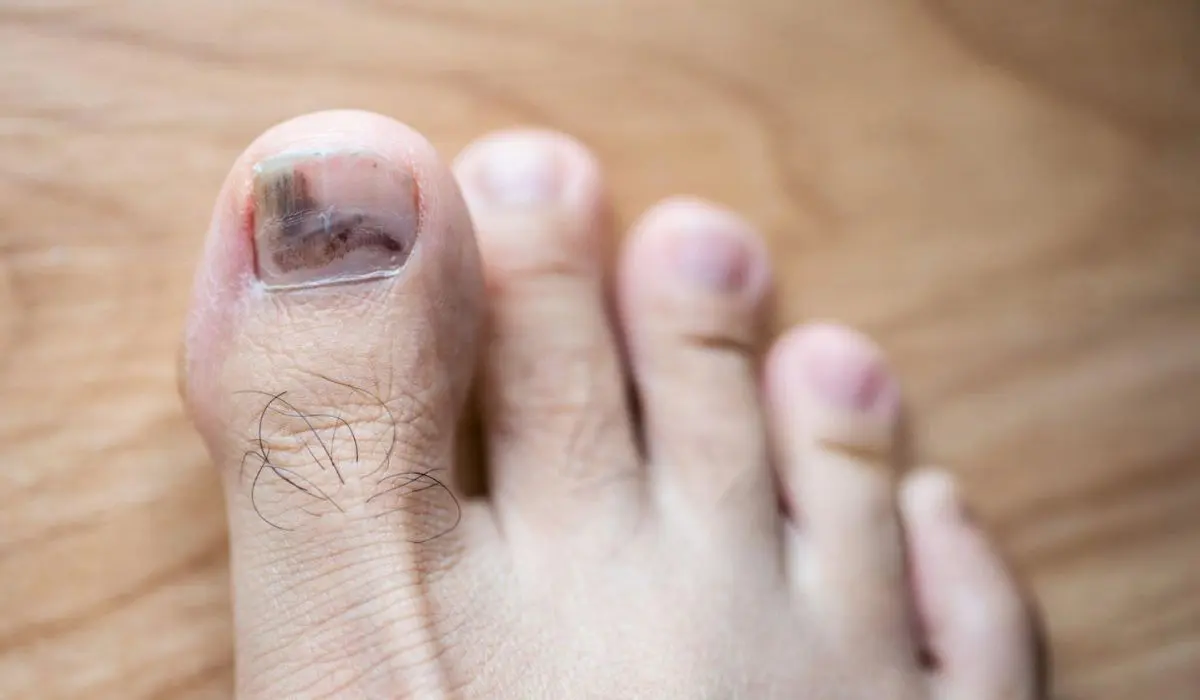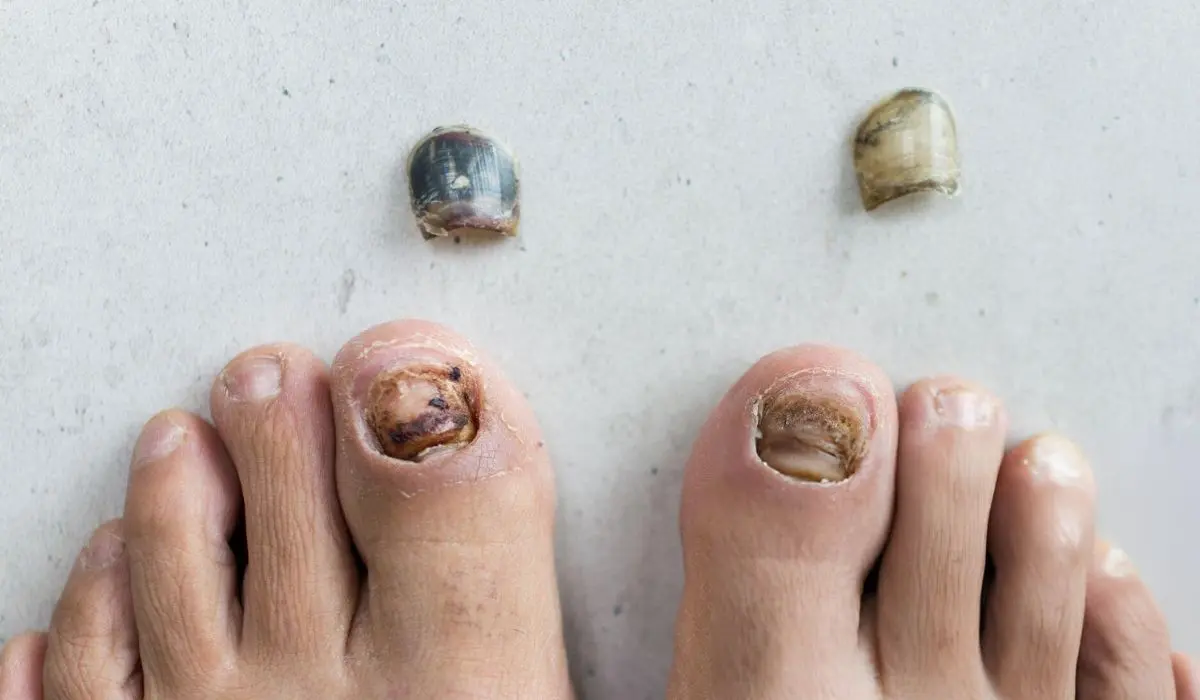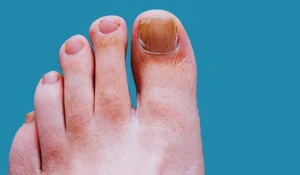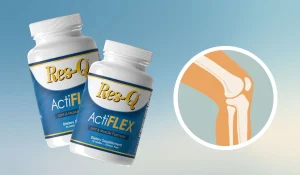Toenail fungus, also known as onychomycosis, can be a frustrating and unsightly condition to deal with. This stubborn infection can cause your toenails to become thick, discolored, and even crumbly. While it may seem like a never-ending battle, there is light at the end of the tunnel.
If you’ve been diligently treating your toenail fungus, it’s natural to wonder if your efforts are paying off. In this article, we’ll explore the telltale signs that indicate your toenail fungus is dying, helping you gauge your progress and stay motivated on the road to recovery.
How Do You Know If Your Toenail Fungus Is Dying?
Knowing how to recognize the signs that your toenail fungus is dying is crucial for monitoring your treatment’s effectiveness. The following are some important indicators to monitor:
🔹 Visible Healthy Nail Growth
One of the most obvious signs that your toenail fungus is dying is the appearance of new, healthy nail growth at the base of the infected nail. As the fungus starts to clear, you’ll notice a distinct line separating the healthy, pinkish nail from the discolored, thickened portion. This new growth will gradually push out the infected nail as it grows.
🔹 Improved Nail Appearance
As the fungus begins to retreat, you may notice that the infected portion of your nail starts to look better. The discoloration may become less intense, and the nail may appear less thickened or crumbly. While it may not be a complete transformation, even subtle improvements in the appearance of your nail can be a positive sign that the treatment is working.

Signs To Know Toenail Fungus Is Dying
While visible healthy nail growth is the most definitive sign that your toenail fungus is dying, there are several other indicators to watch out for:
🔹 Reduced Nail Thickness
One of the hallmarks of toenail fungus is a thickening of the infected nail. As the fungus starts to die off, you may notice that the nail becomes less thick and more pliable, indicating that the infection is subsiding.
🔹 Fading Discoloration
Toenail fungus often causes nails to become discolored, ranging from yellow to brown or even black. If you observe that the discoloration is starting to fade or become less pronounced, it could be a sign that the fungus is on its way out.
🔹 Reduced Brittleness
Fungal infections can make nails brittle and prone to crumbling or breaking. If you notice that your infected nail is becoming less brittle and regaining some flexibility, it could be an indication that the fungus is dying.
🔹 Improved Nail Texture
Toenail fungus can cause nails to develop a rough, crumbly texture. If the surface of your infected nail begins to smooth out and regain its natural shine, it could be a positive sign that the fungal infection is resolving.
Stages Of Healing Toenail Fungus
It’s important to understand that healing from toenail fungus is a gradual process that occurs in stages. Here’s what you can expect as your nail transitions from infected to healthy:
Stage 1: Treatment Initiation
During this stage, you’ll likely notice little to no change in the appearance of your infected nail as the treatment begins to take effect. Patience is key, as it can take several weeks or even months for visible improvements to occur.
Stage 2: Visible Healthy Growth
As the fungus starts to die off, you’ll begin to see a distinct line of healthy nail growth emerging from the base of your nail. This new growth will gradually push out the infected portion as it continues to grow.
Stage 3: Improved Nail Appearance
In this stage, you’ll notice that the infected portion of your nail starts to look better. The discoloration may fade, the thickness may decrease, and the overall appearance may become less unsightly.
Stage 4: Fully Healed Nail
Finally, after several months of consistent treatment and new nail growth, the infected portion of your nail will have been completely replaced by a healthy, clear nail. Congratulations – you’ve successfully conquered toenail fungus!
It’s important to note that the complete healing process can take anywhere from 6 to 18 months, depending on the severity of the infection and the effectiveness of the treatment. Patience and perseverance are key throughout this journey.
Conclusion
Identifying the signs that your toenail fungus is dying can be a game-changer in maintaining your motivation and ensuring that your treatment is on the right track. Whether it’s visible healthy nail growth, improved nail appearance, or other subtle changes, being aware of these indicators can help you gauge your progress and celebrate small victories along the way.
Remember, healing from toenail fungus is a marathon, not a sprint. By staying vigilant, following your treatment plan, and understanding the stages of healing, you can increase your chances of bidding farewell to this stubborn infection for good.
And there you have it – a comprehensive guide on how to know if toenail fungus is dying, complete with user-engaging content, natural tone, and informative sections. Don’t let toenail fungus keep you down; arm yourself with knowledge and stay the course until you achieve a healthy, fungus-free future for your nails.
References
- CDC (n.d) Fungal Nail Infections Available Online at: https://www.cdc.gov/fungal/nail-infections.html
- WebMD (2005-2024) How to Handle Toenail Fungus Available Online at: https://www.webmd.com/skin-problems-and-treatments/ss/slideshow-toenail-fungus







